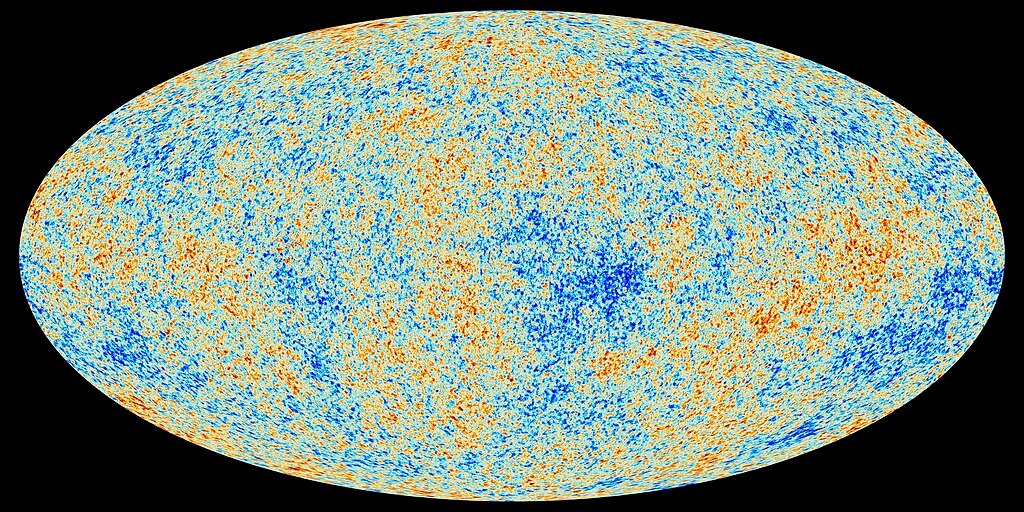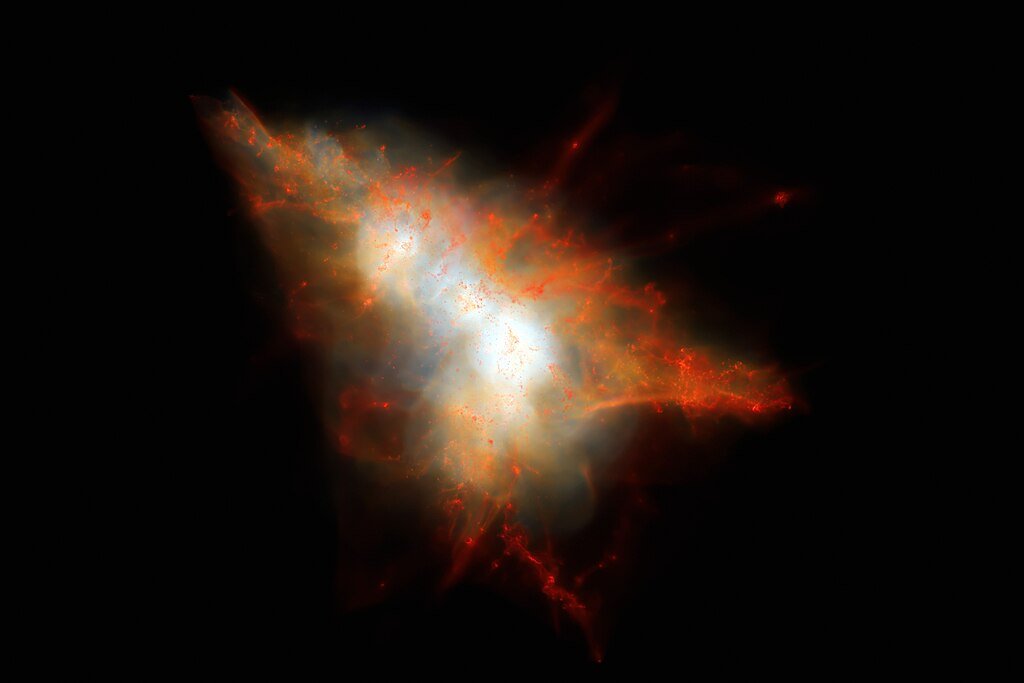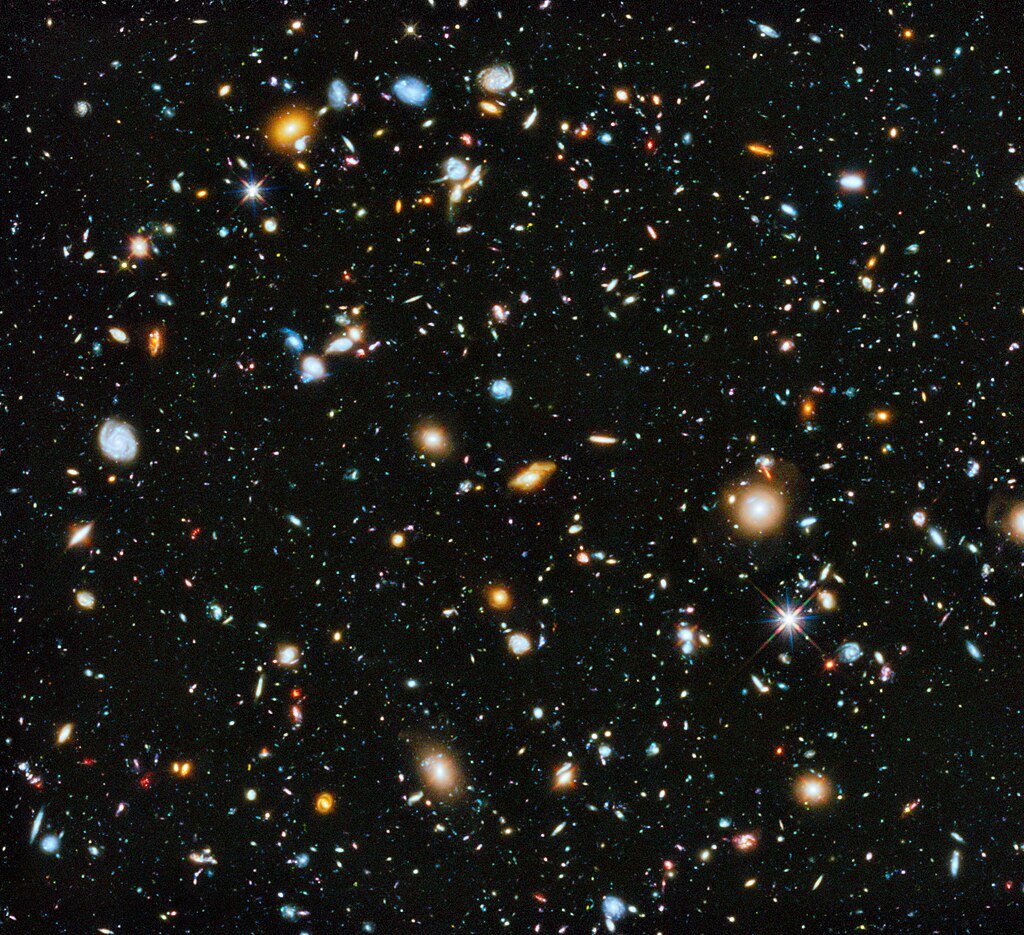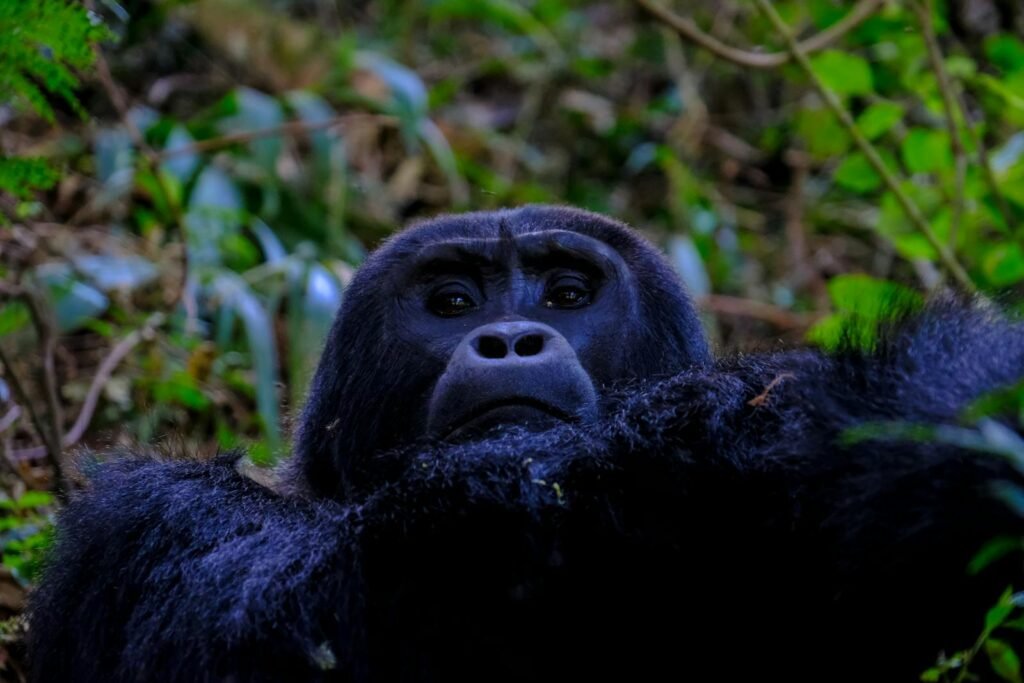The Hubble tension, a long-standing puzzle in cosmology, arises from conflicting measurements of the universe’s expansion rate. A groundbreaking study proposes that the universe may rotate once every 500 billion years, offering a potential solution to this cosmic conundrum. This theory challenges conventional models and opens new avenues for understanding
The Hubble Tension Explained

The Hubble tension refers to discrepancies in the measured expansion rate of the universe, known as the Hubble constant. Observations of the cosmic microwave background (CMB) suggest an expansion rate of 67.4 km/s per megaparsec, while measurements using “standard candles” like supernovae yield a higher rate of 73 km/s per megaparsec. These conflicting values have puzzled astronomers for years.
The Rotating Universe Hypothesis
Researchers from the University of Hawaii propose that the universe’s rotation could reconcile these differences. Their model suggests that a slow rotation, completing one revolution every 500 billion years, subtly influences the universe’s expansion. This rotation could account for the observed discrepancies without contradicting existing astronomical data.
Implications of a Rotating Universe
If the universe is indeed rotating, it could have profound implications for our understanding of spacetime and cosmology. The model predicts that this rotation avoids creating closed time-like curves, which allow time travel. Additionally, hints of rotational patterns in early galaxies lend some support to this hypothesis, though further evidence is needed.
Future Research Directions

The next steps involve creating detailed computer simulations to test the rotating universe theory and identify observable signatures of this slow cosmic spin. These efforts aim to deepen our understanding of the universe’s structure and resolve the Hubble tension once and for all.
Conclusion

The idea of a rotating universe challenges traditional cosmological models and offers a fresh perspective on the Hubble tension. As research progresses, this theory could reshape our understanding of the cosmos and its underlying principles.
Source:





